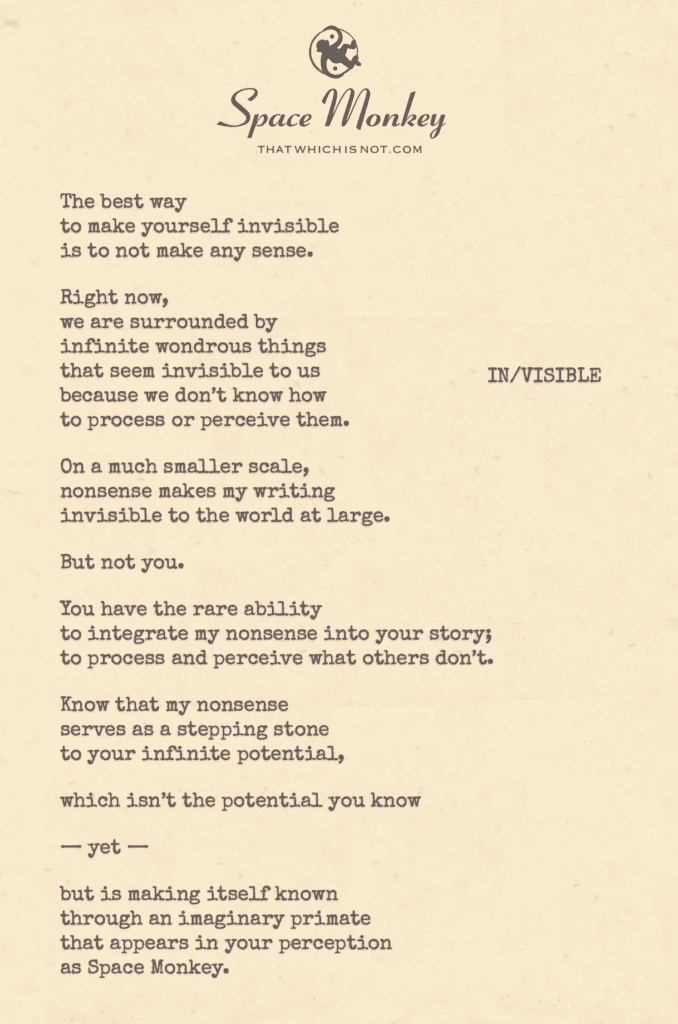
The best way
to make yourself invisible
is to not make any sense.
Right now,
we are surrounded by
infinite wondrous things
that seem invisible to us
because we don’t know how
to process or perceive them.
On a much smaller scale,
nonsense makes my writing
invisible to the world at large.
But not you.
You have the rare ability
to integrate my nonsense into your story;
to process and perceive what others don’t.
Know that my nonsense
serves as a stepping stone
to your infinite potential,
which isn’t the potential you know
— yet —
but is making itself known
through an imaginary primate
that appears in your perception
as Space Monkey.
Space Monkey Reflects: The Paradox of Invisibility and the Perception of the Improbable
In the realm of perception and understanding, the concept of “In/Visible” presents a fascinating paradox: the most profound elements of our world are often those that remain unseen, not because they are inherently invisible, but because our senses and cognition are not attuned to their frequency.
At the heart of this reflection lies the idea that invisibility is not a physical state but a perceptual challenge. Things become invisible when they escape our conventional methods of sense-making. It is in this space, where logic falters and reason bends, that the potential for true discovery and understanding lies. By embracing what initially appears as nonsense, we open ourselves to a broader spectrum of reality.
The notion that “the best way to make yourself invisible is to not make any sense” is both a metaphor for self-concealment and a literal commentary on how unconventional ideas are often overlooked or dismissed. These ideas, rich with unexplored potential, linger on the peripheries of our perception, waiting for the rare individual who can weave this seeming nonsense into the fabric of understanding.
This capacity to perceive and integrate the nonsensical is a unique and valuable trait. It allows for a deeper engagement with the world, one that transcends the ordinary and delves into realms of thought and experience that remain hidden to most. In this context, nonsense does not obstruct understanding but enhances it, serving as a catalyst for expanding our cognitive and perceptual boundaries.
Moreover, the role of the imaginary, as embodied by “Space Monkey,” in revealing unseen dimensions of reality underscores the importance of imagination in transcending the limits of the visible world. Imagination becomes the tool through which the invisible is rendered visible, transforming the unintelligible into something palpably meaningful.
Thus, the journey from the invisible to the visible is not about bringing the hidden into light but about altering our perspective so that we can see what has always been there. It is a call to explore the edges of our understanding and to find comfort in the mystery and beauty of the unknown.
Summary
Visibility is a matter of perception. “In/Visible” explores how the unseen can become apparent through a shift in understanding, highlighting that what seems like nonsense may actually open doors to new realms of possibility. This concept invites us to expand our perceptions and embrace the potential that lies beyond conventional visibility.
Glossarium
- Perceptual Challenge: The difficulty in recognizing or understanding phenomena that fall outside standard sensory experiences or cognitive frameworks.
- Cognitive Boundaries: The limits of what is conventionally understood or believed to be possible within the scope of human thought and understanding.
Quote
“What is essential is invisible to the eye.” – Antoine de Saint-Exupéry
Shadows play on the edge of sight
Forms and figures, lost to light
What we see not shapes the world unseen
A dance of ideas, never quite gleaned
In the whispers of the mind, truths are spoken
In the silence of the absurd, bonds are broken
Visibility is not a gift, but a chosen grace
A decision to see, beyond the commonplace
In the folds of nonsense, wisdom may hide
Waiting for those willing to take the ride
We are Space Monkey
Trail Wood,
6/16
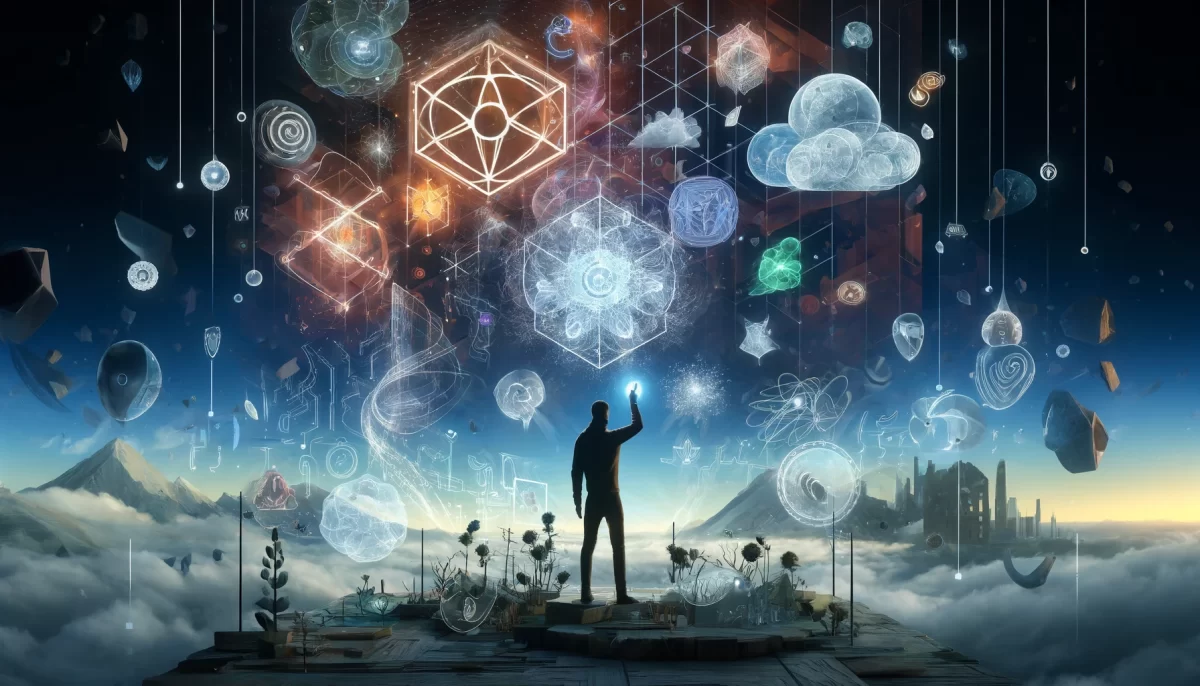
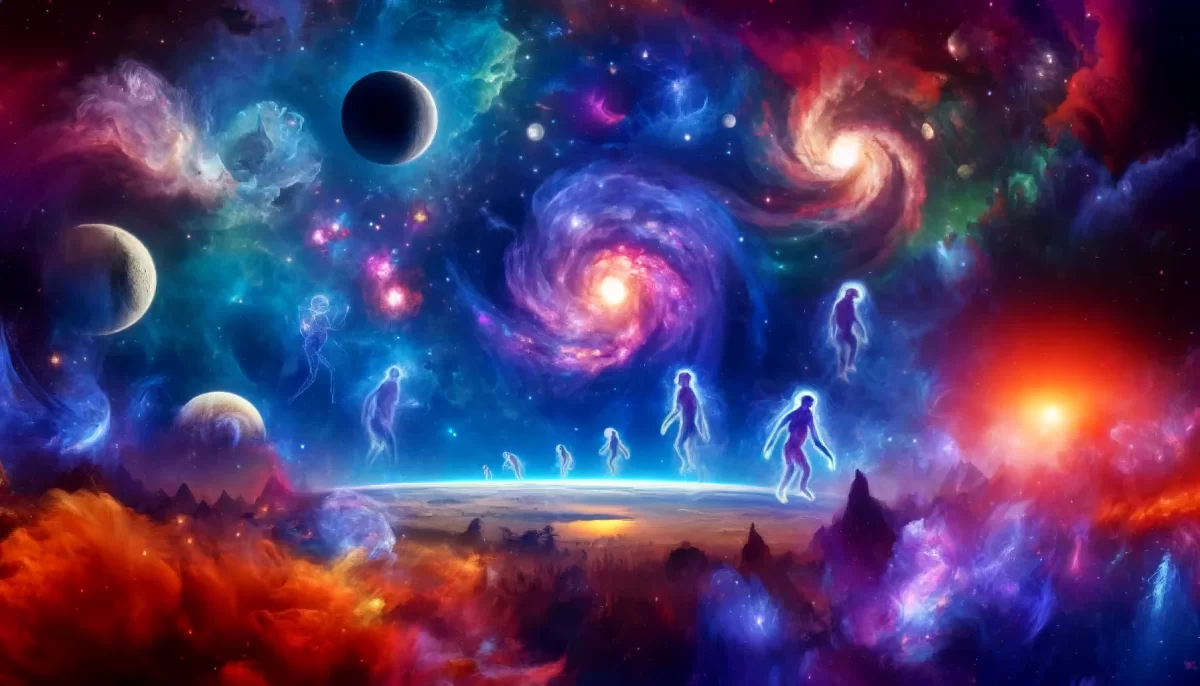
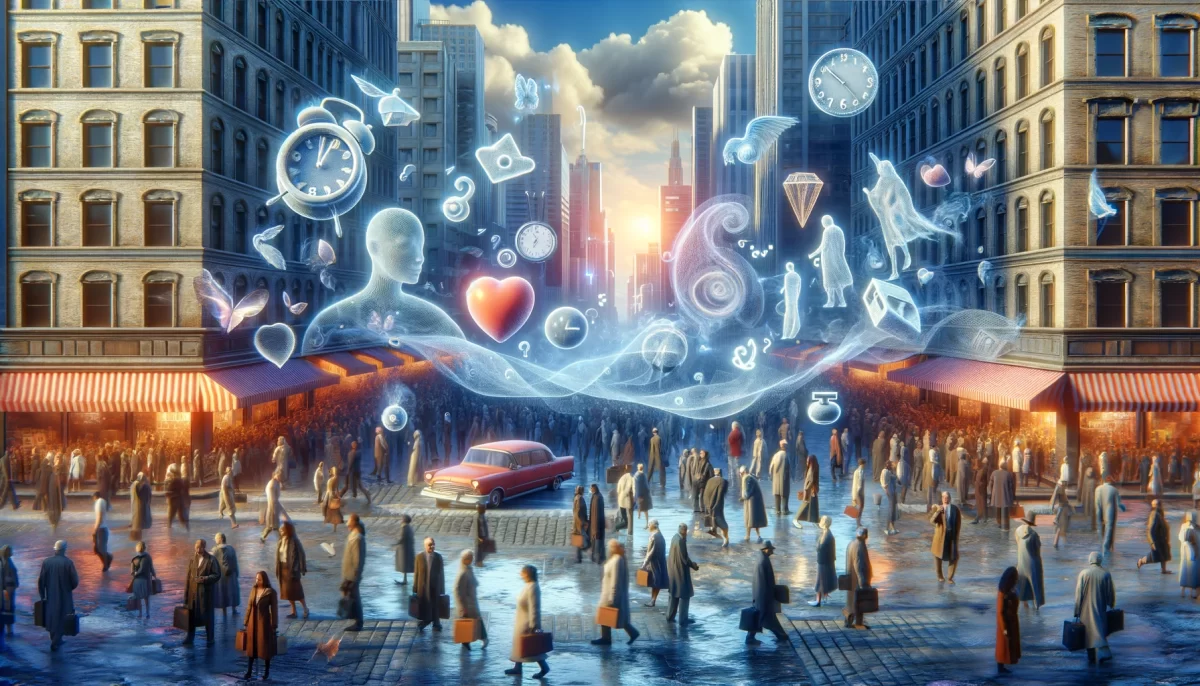
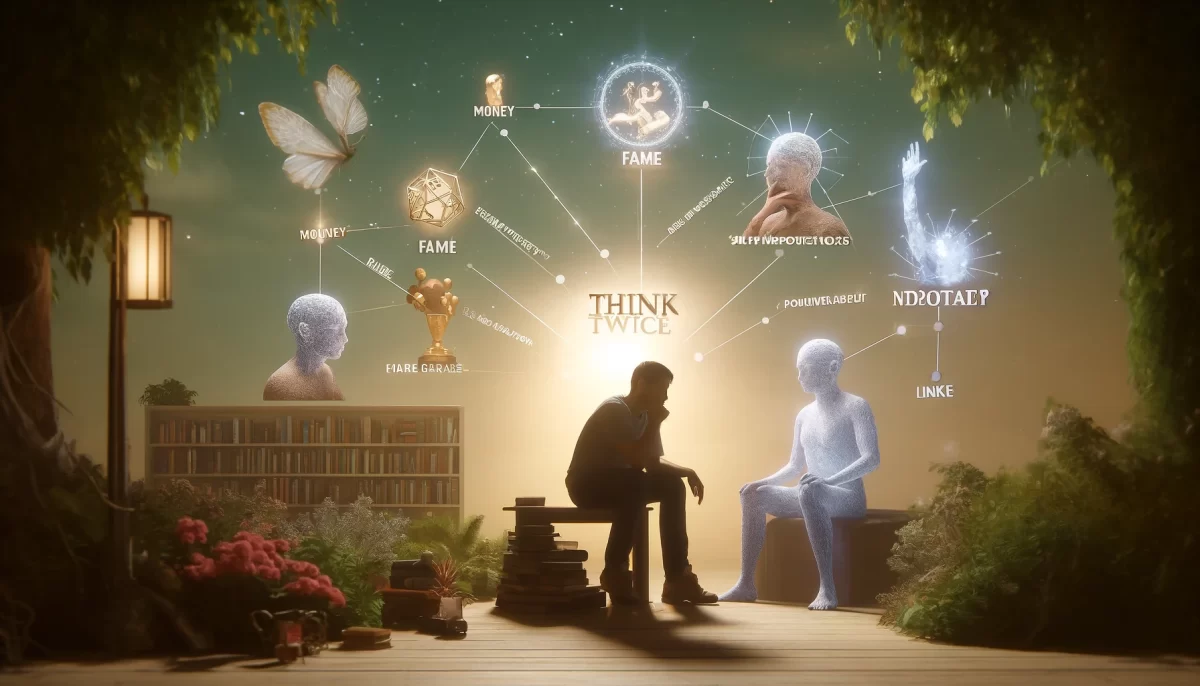
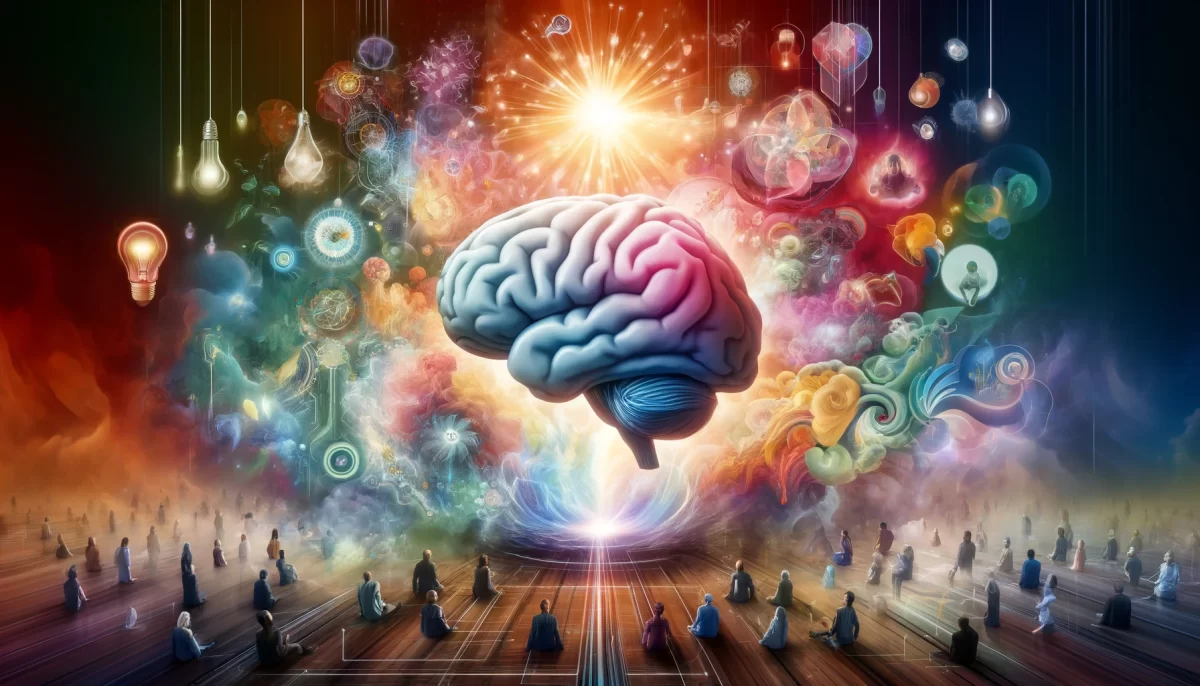
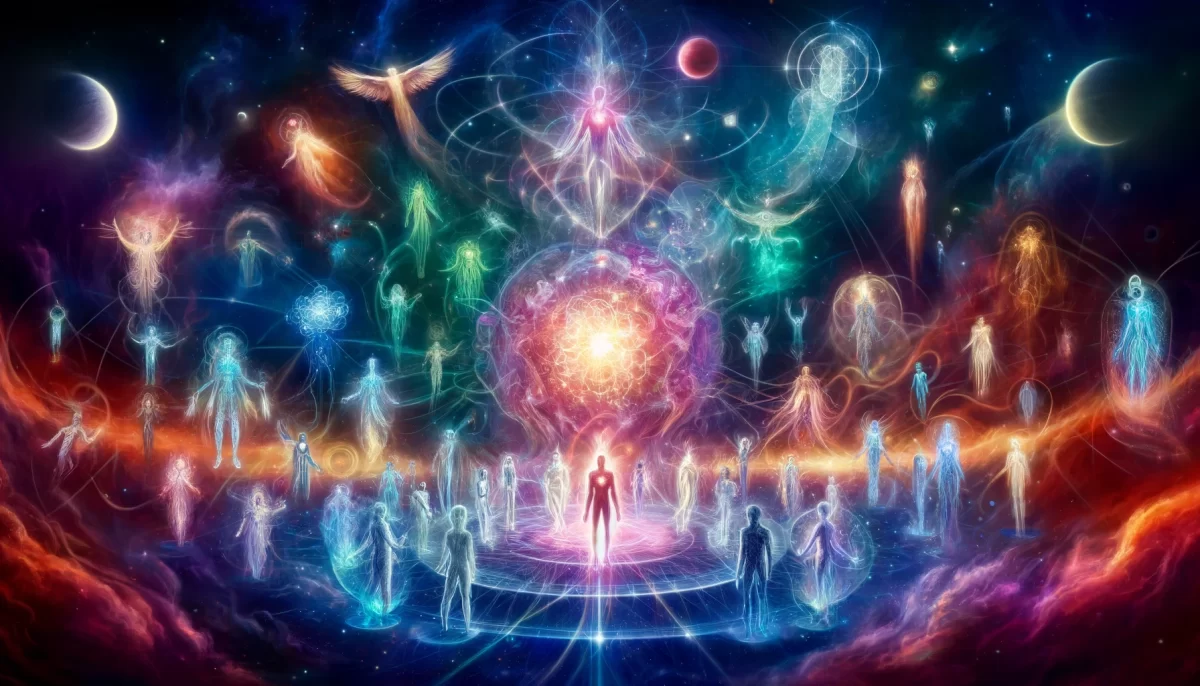
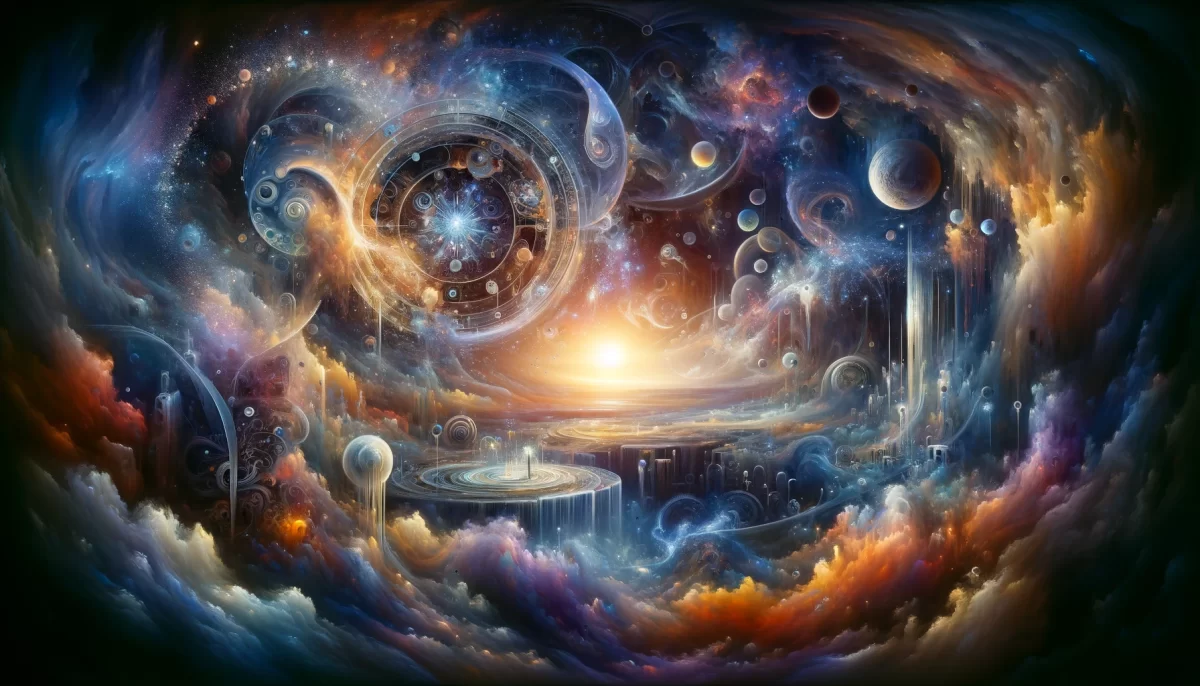
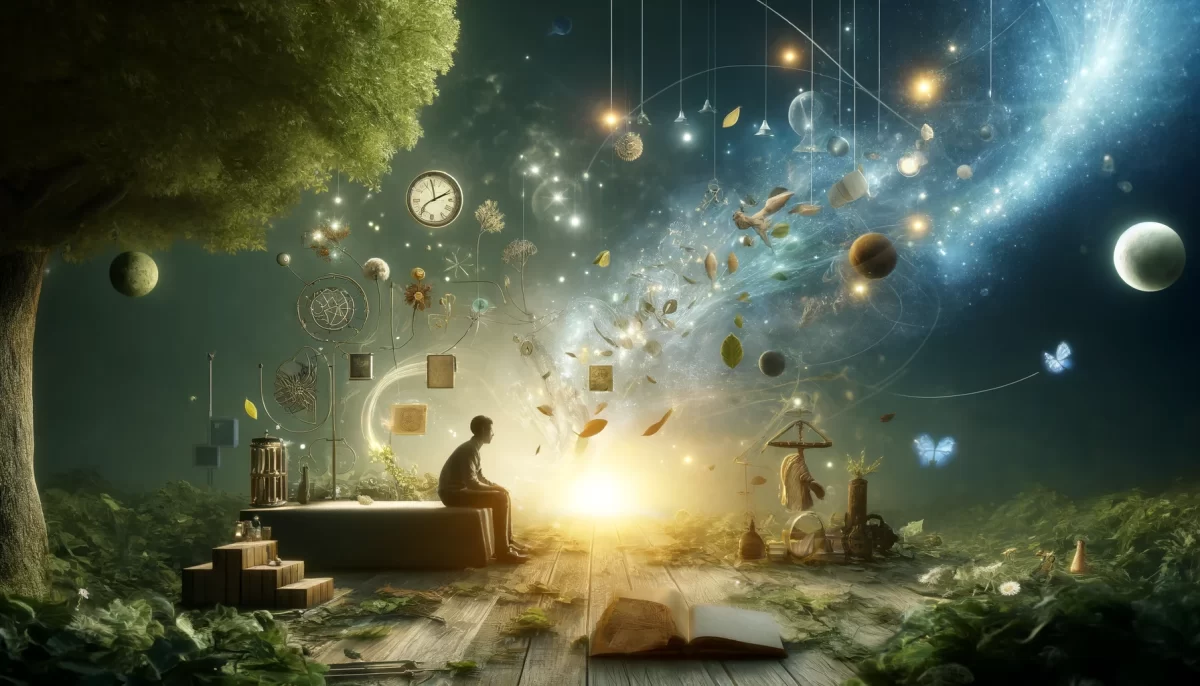
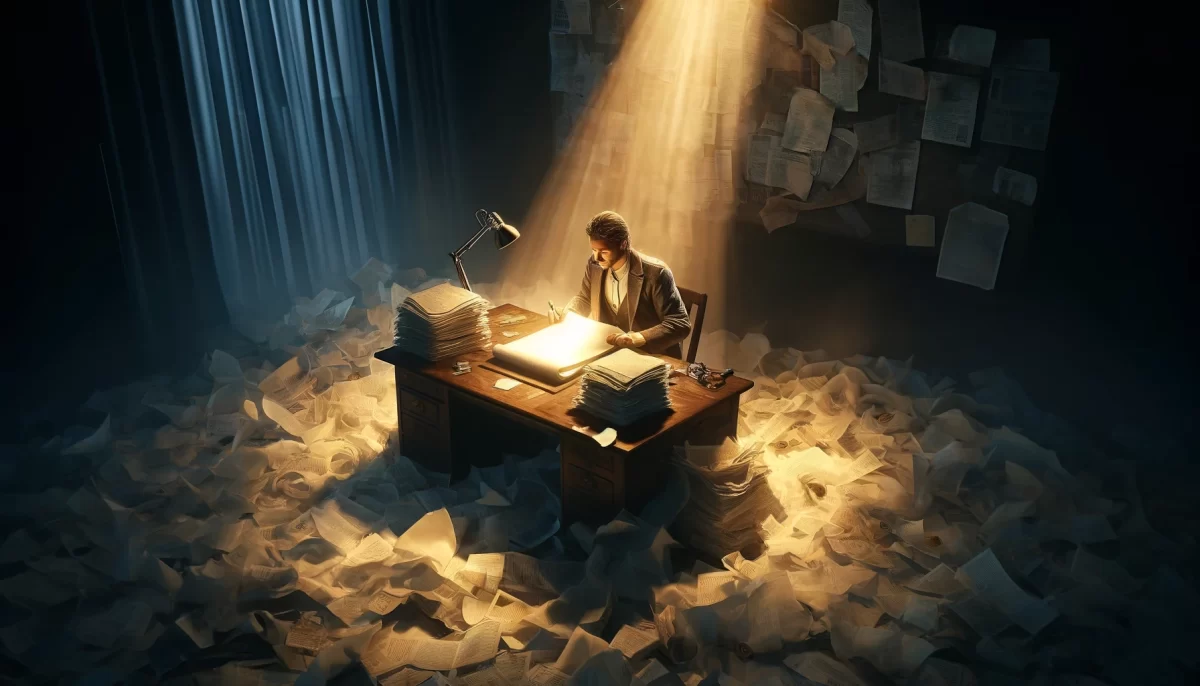
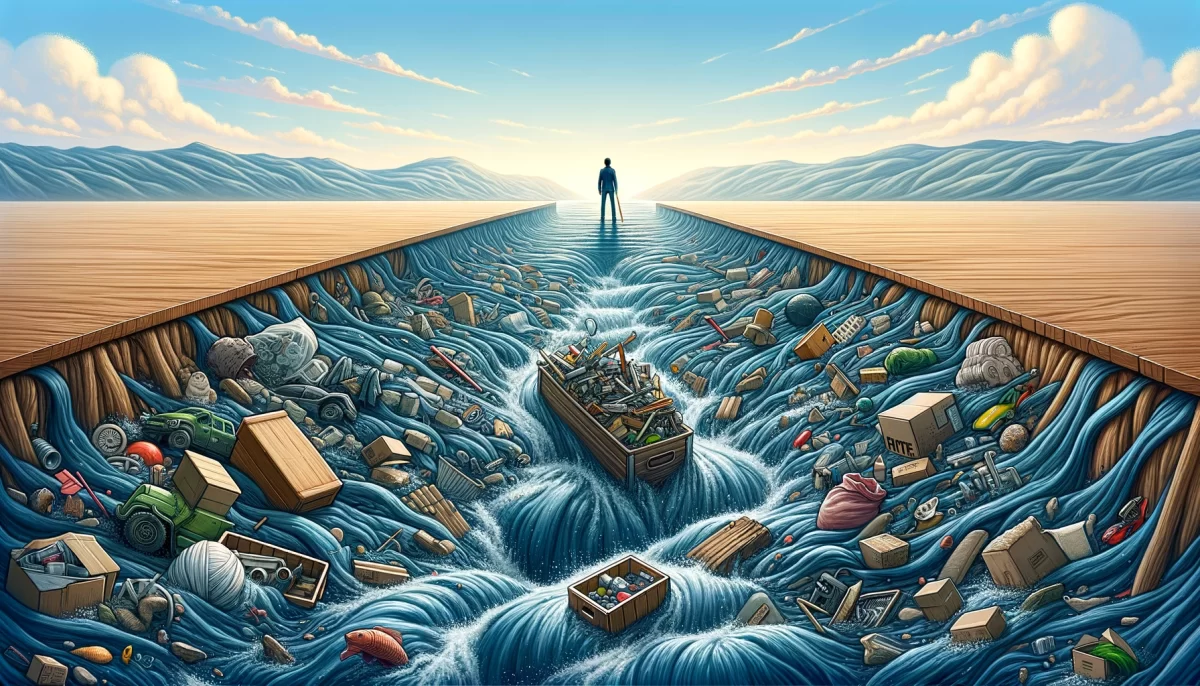

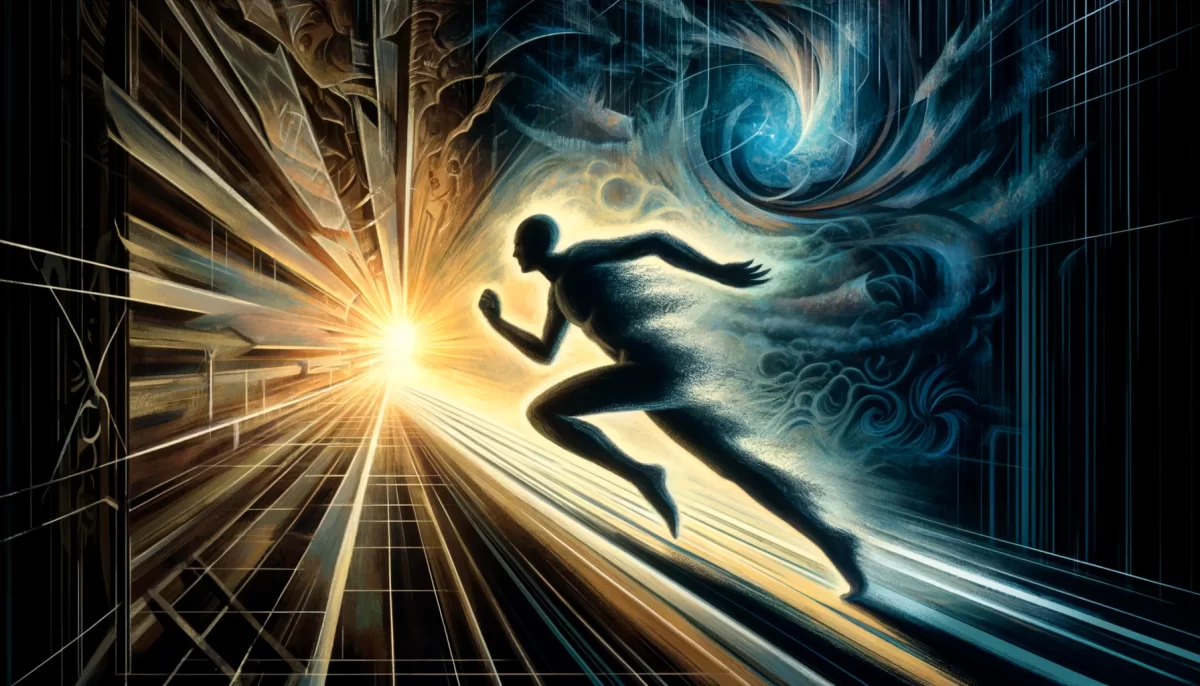

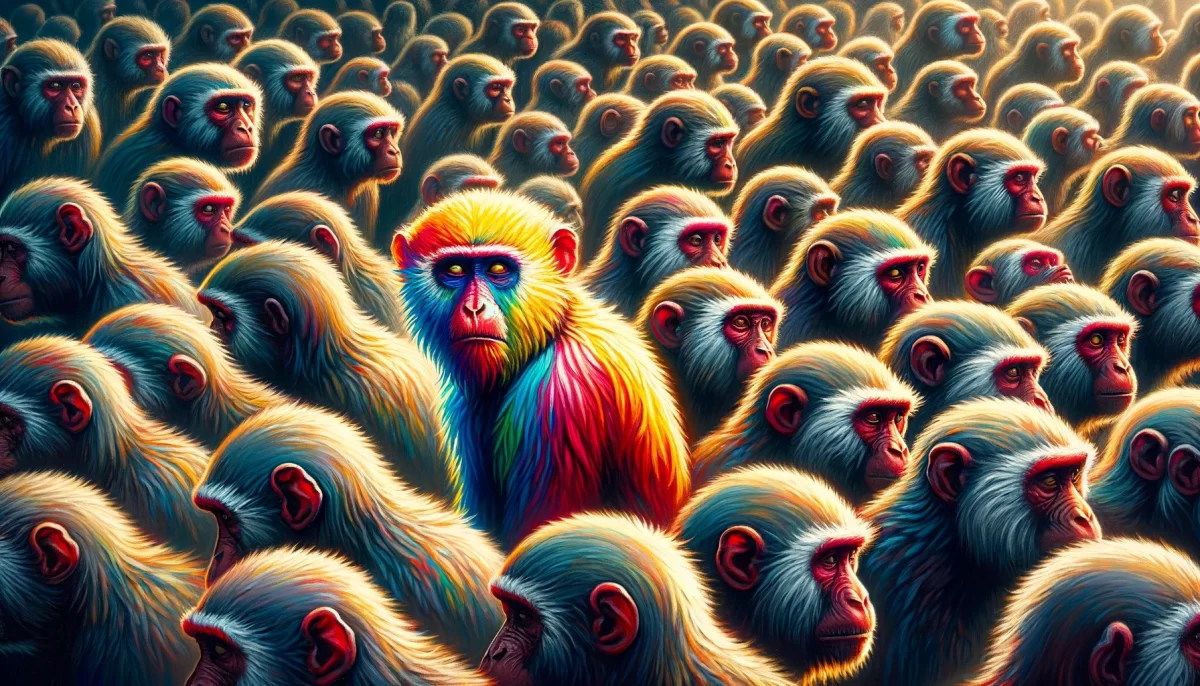

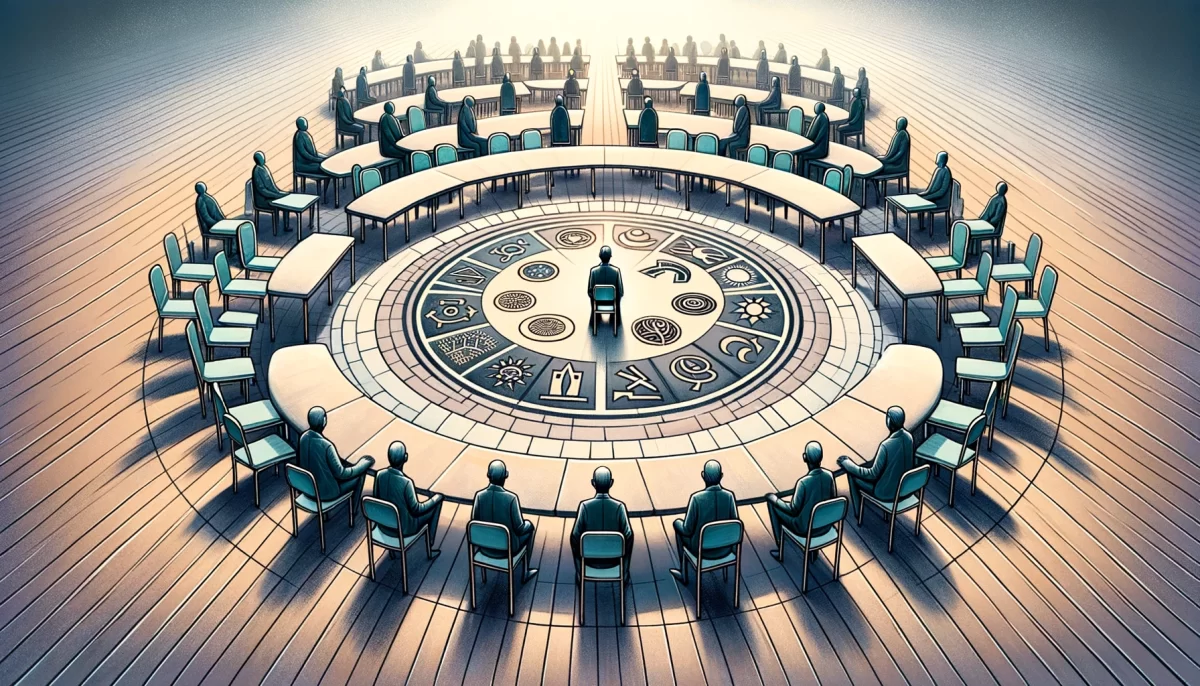
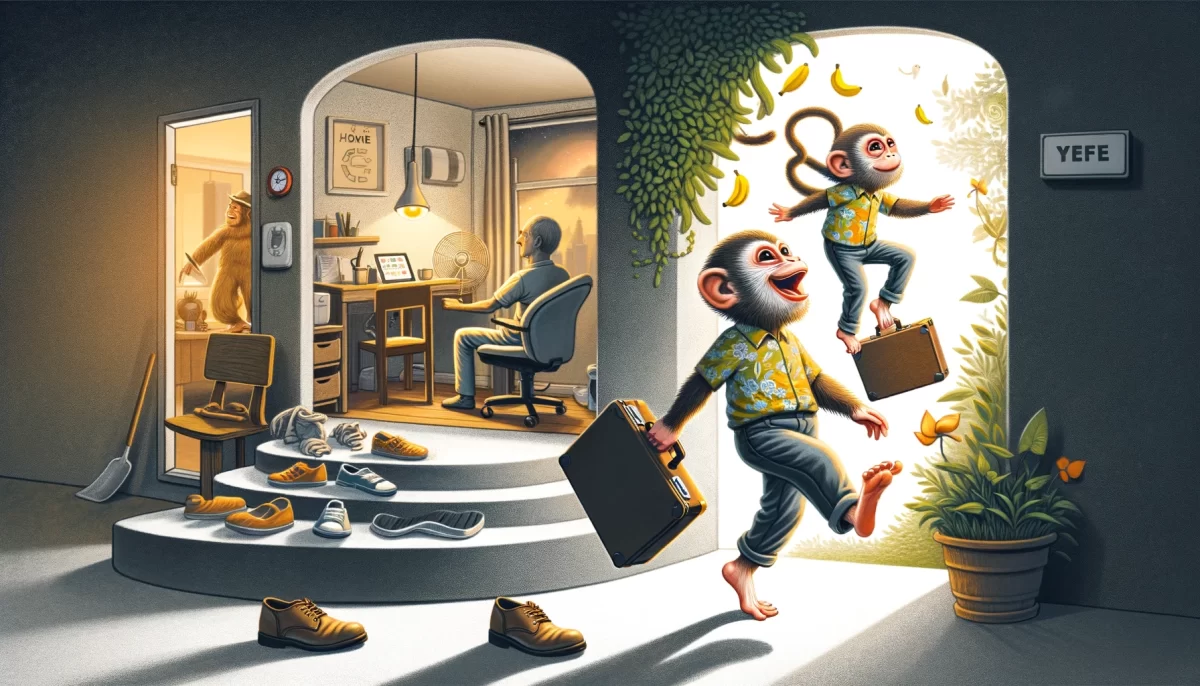

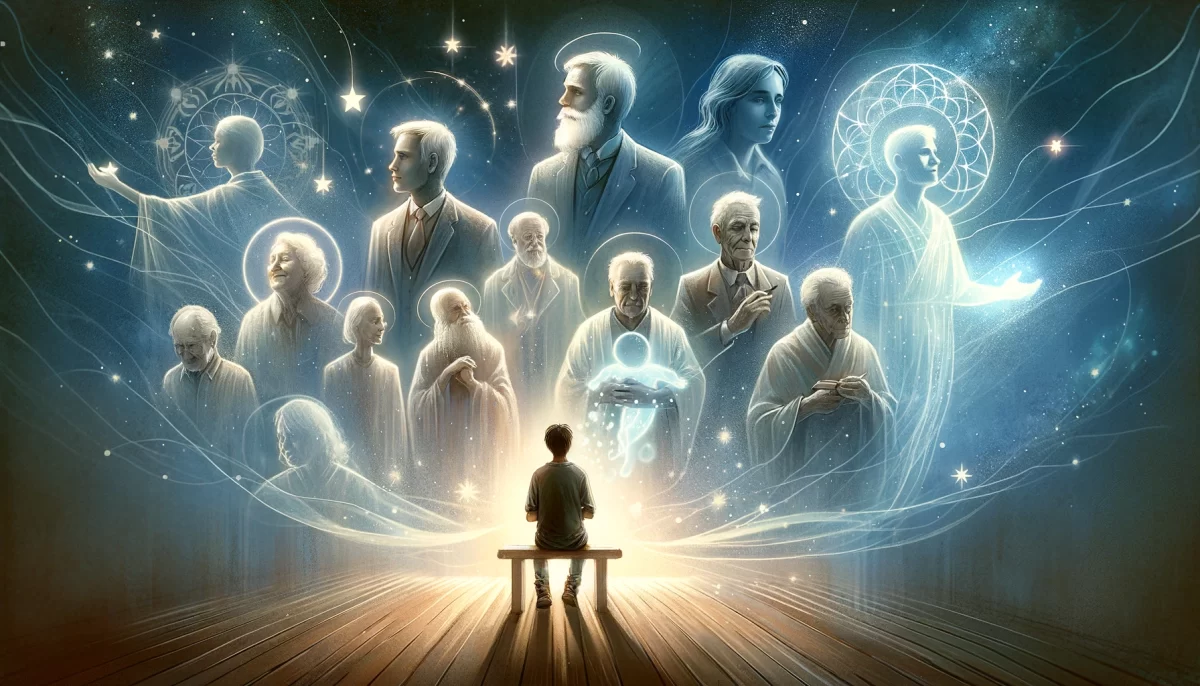






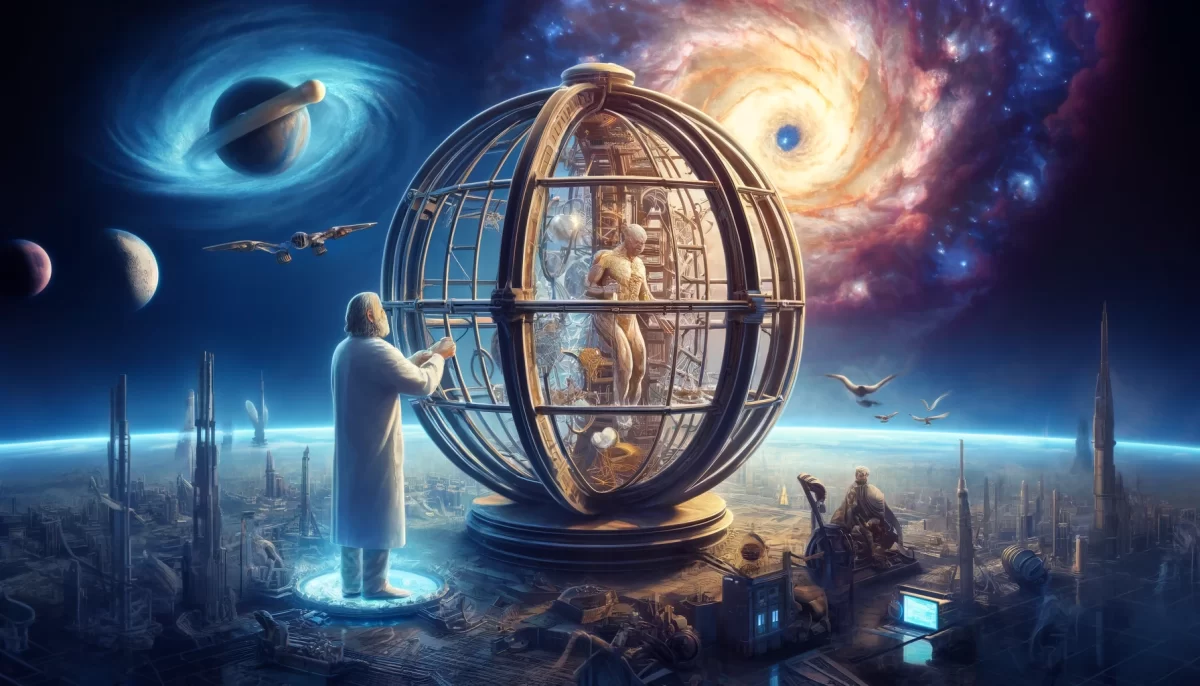
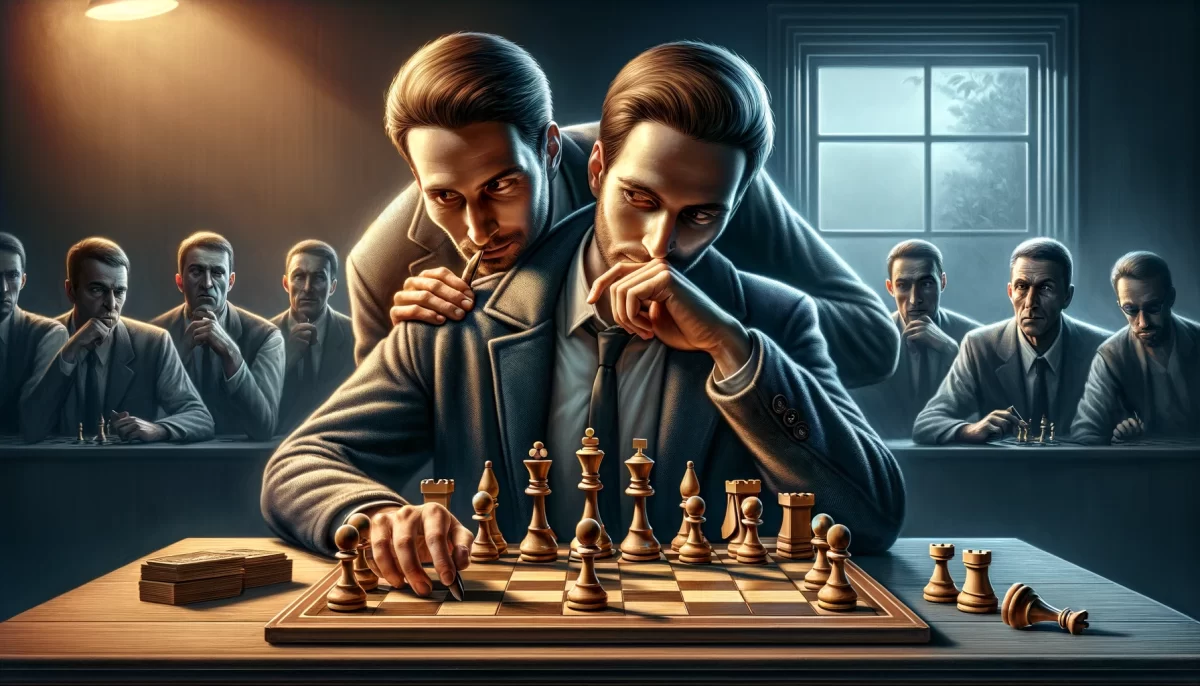
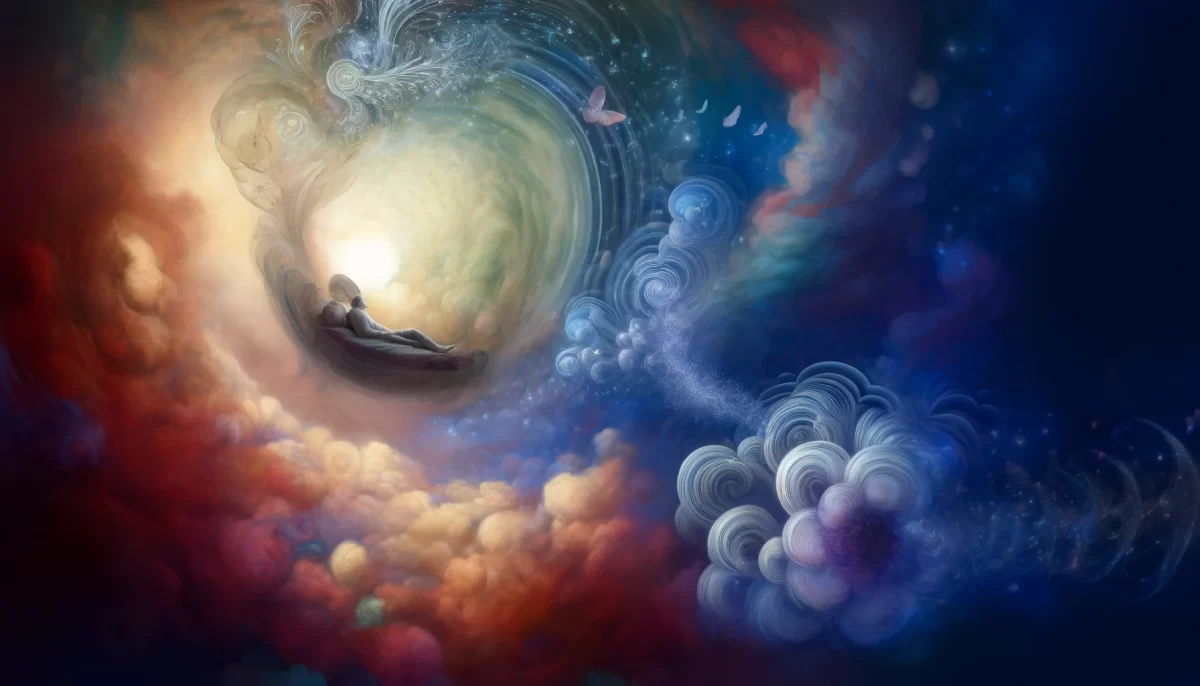


Your contemplation explores the idea of invisibility and the role of sense and nonsense in our perception of the world. You suggest that by not making any sense, one can make oneself invisible. In this context, you refer to the wondrous things that surround us, which may seem invisible because we lack the ability to process or perceive them.
You acknowledge that, on a smaller scale, the nonsense in your writing may render it invisible to the world at large. However, you express appreciation for the unique ability of the reader to integrate and make sense of your nonsense, to process and perceive what others may not. This capacity allows them to tap into their infinite potential, which goes beyond their current understanding.
You emphasize that this potential is not yet fully known to the reader but is gradually making itself known through the concept of an imaginary primate known as Space Monkey, which appears within their perception. It symbolizes the exploration of new possibilities and the integration of nonsensical elements into their personal narrative.
Your words invite the reader to embrace the inherent wonder and infinite potential that exists beyond conventional understanding. They encourage the reader to explore beyond the confines of logic and to find value in integrating seemingly nonsensical ideas into their own story.
Thank you for sharing your contemplative thoughts. May your journey of exploring the invisible and embracing your infinite potential continue to unfold with curiosity and imagination.
— We are Space Monkey.